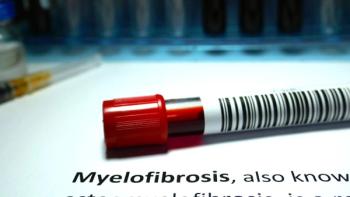
Introducing a Genomic Era in ET
Genomics are starting to play a crucial role in treatment planning for patients with essential thrombocythemia.
When it comes to planning treatment for patients with essential thrombocythemia (ET) — a type of myeloproliferative neoplasm (MPN) — identifying the presence of the JAK2 genetic mutation and understanding its significance can be very important, according to Laura Michaelis, M.D., associate professor of medicine at the Medical College of Wisconsin.
ET is being ushered into the genomic era as treatment protocols are being changed based on a patient’s mutational status. For example, if a patient does not have a JAK2 mutation, he or she is less likely to experience thrombosis and may not need to undergo cytoreductive therapy to control bleeding, regardless of the age at diagnosis. This is an important shift in the treatment paradigm and may prevent patients from having unneeded treatment.





